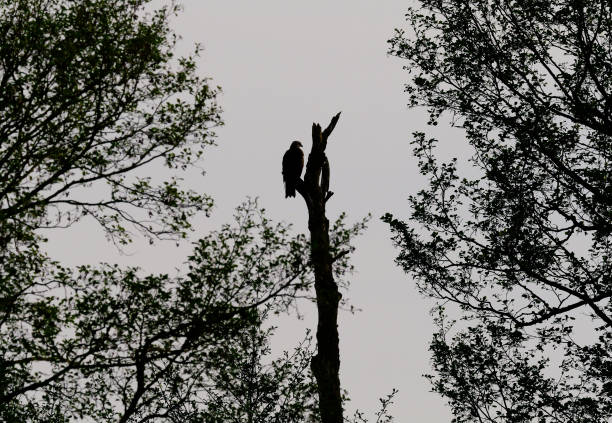Indian bird species, particularly carnivores, insectivores, and granivores, are declining at a faster rate than omnivores and nectar eaters, indicating the impact of diet on the avian population, reveals the State of India’s Birds Report 2023, released recently.
According to the report, 942 bird species across the country that feed on fruits and nectar are thriving. This success is attributed to the availability of these resources, which remain abundant even in heavily modified rural and urban landscapes.
“Bird populations are therefore not just influenced by direct threats to their habitats, but also by the availability of food resources,” the report says.
The report, based on data provided by 30,000 birdwatchers across the country, has been published by a group of 13 government and non-government institutions, including the Bombay Natural History Society (BNHS), Wildlife Institute of India (WII), and Zoological Survey of India (ZSI).
The report highlights that bird species in India that feed on vertebrates and carrion have experienced the most significant decline. This suggests that either this food resource contains harmful pollutants, is diminishing in availability, or both.
Moreover, birds that feed on invertebrates (including insects) like the Indian roller are also declining rapidly.
Recent research indicates a global decline in insect populations, with pesticides believed to be a primary factor contributing to significant reductions in European insectivorous bird populations.
“A decline in insects, for example, could affect insectivorous birds. Mice in agricultural landscapes are food for several raptors, but these mice may carry pesticides and other agrochemicals that may be harmful for the birds that eat them,” the report says.
Vultures were nearly driven to extinction by consuming carcasses contaminated with diclofenac.
“The trend analysis shows that birds that feed on fruits and nectar are doing well, maybe because these resources are readily available even in heavy-modified rural and urban landscapes. The continued availability of these resources even outside natural ecosystems can sustain this encouraging story,” the report reveals.
In 2020, India joined the list of countries that regularly assess the status of their birds, with the launch of the first report on the State of India’s Birds (SoIB) at the Conference of Parties to the Convention on Migratory Species in Gandhinagar.
The assessments are based on three indices. Two indices measure changes in abundance: the long-term Trend (reflecting changes over approximately 30 years) and the current annual trend (tracking annual changes over the past eight years). The third index measures Distribution Range Size within India.
(ANI)














